The UK loves the hot hatch. It all started in the 1980s when we fell for the raw talents of souped-up hatchbacks like the VW Golf GTI, Peugeot 205 GTi and Ford’s XR models, with the love affair blossoming into a very special relationship. In many ways, we like to consider these shores to be the spiritual home of the hot hatch, even if the best of the breed were built overseas.
Not every hot hatch made it here. Our congested streets and thrilling B-roads might offer the best playground for these Tarmac tearaways, but some toys remained strictly off-limits. Inspired by the Peugeot 205 Rallye we featured recently, here are ten hot hatchbacks that were never officially sold in the UK – but would have been welcomed.

Peugeot 205 Rallye
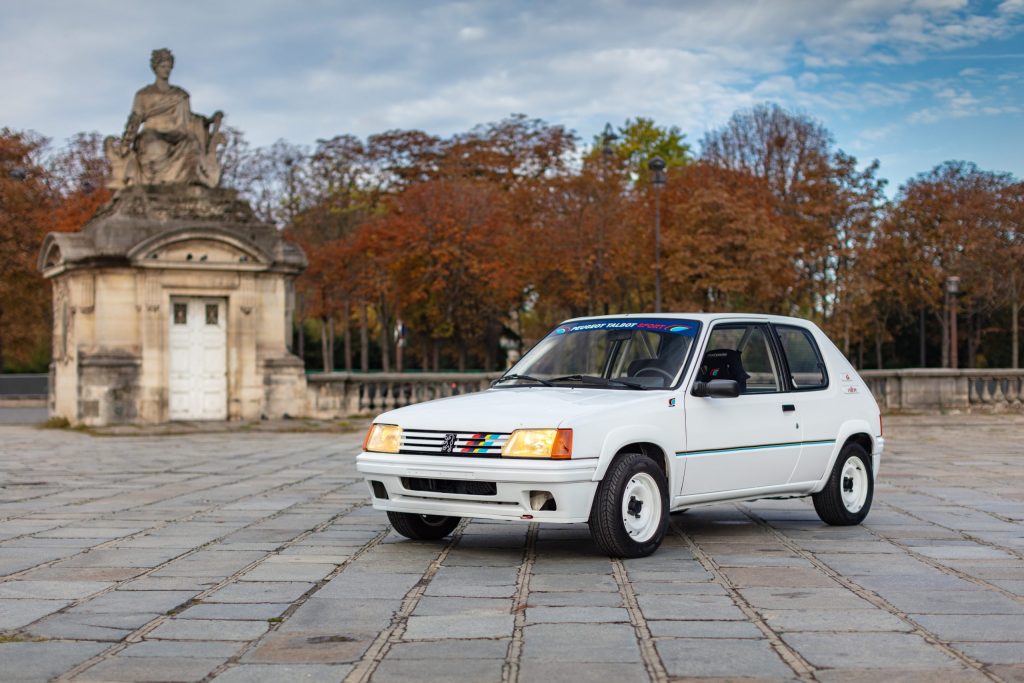
Chris Harris, the bloke off Top Gear on the telly, likened it to a Porsche, Andrew Frankel, a long-standing car reviewer and Hagerty author, said it was “the most fun front-drive car”, and we labelled it “intoxicating”. It might not enjoy the same gravitas as the Peugeot 205 GTi, but the Rallye was arguably one of the best hot hatches we never got. A proper, lightweight homologation special with a pair of Webers attached to its 1.3-litre engine.
All were left-hookers, which adds to the exotic feel, and with the peak output of 103bhp coming in at 6300rpm, it’s a hot hatch that needs to be driven hard to get the best out of it. Several have been imported in the UK, but you’ll have more joy if you cast your net over the English Channel.
Volkswagen Golf G60 Limited
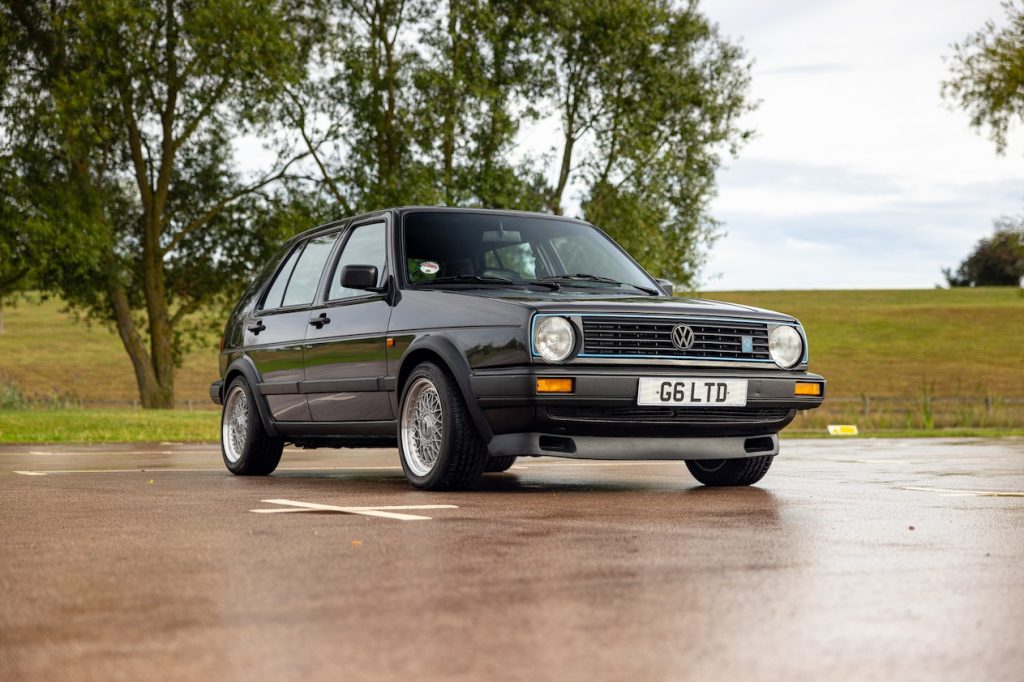
Although the box-arched, four-wheel drive Golf Rallye was sold here in limited numbers, the sombre-suited G60 Limited was never an official import. VW received over 1000 enquiries, but just 71 were built in five-door form only at the Volkswagen Motorsport in Hannover, each one with 15-inch BBS alloys, a blue-rimmed grille with VW Motorsport logo, leather-trimmed interior and heated front seats.
Power was sourced from a supercharged 1.8-litre 16-valve engine producing 210bhp, sent to all four wheels via VW’s sophisticated Syncro system. Autocar & Motor labelled the handling “flawless”, the grip “staggering” and the four-wheel drive system “rewarding”. Comparisons were drawn with the Lancia Delta Integrale.
One G60 Limited (G410 NNV) did make it to the UK as a VW press car. Tiff Needell was one of the lucky journalists to get a drive and he came away wishing VW had built more. “By producing the Limited it [VW] has made a standard car which is virtually the equal of the standard Lancia Delta Integrale that breeds the pace-setting rally machine.”
Shelby Dodge Omni GLH-S
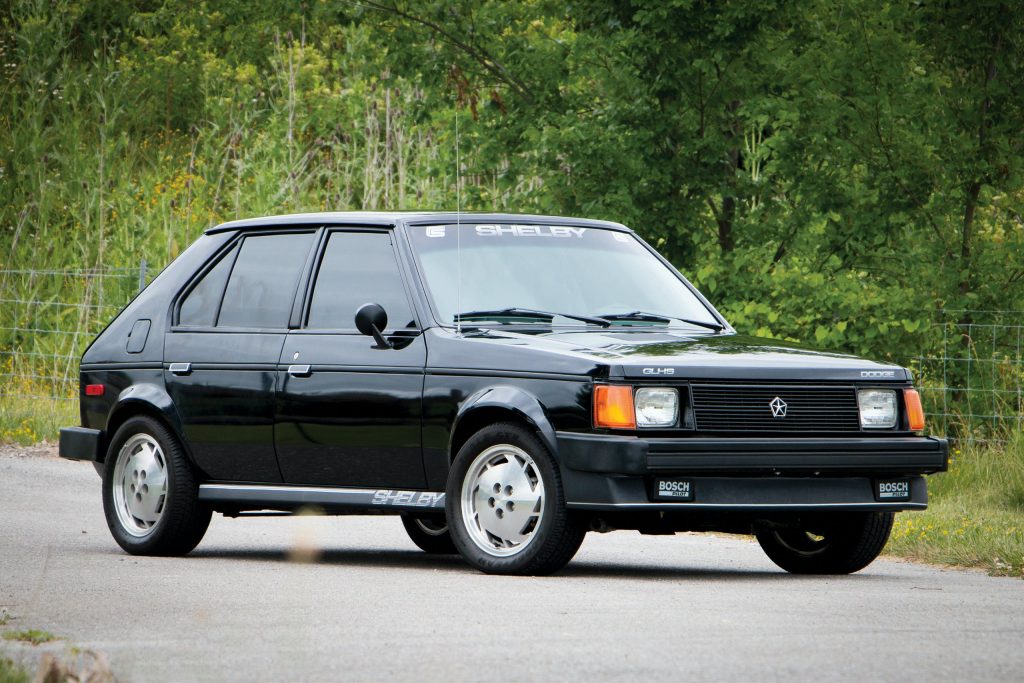
When Carroll Shelby was asked by the Los Angeles Times why he decided to create, and we quote, “a small-engine, front-wheel drive, four-door compact sedan with the sex appeal of a cargo container?” he delivered a memorable response. “I wanted to take the plug-ugliest little box Chrysler made and turn it into something that could whip a Ferrari or a Porsche, at a price the average guy can afford – the guy making $20,000 or $25,000, with a wife and couple of kids.”
Earlier, he told AutoWeek that the car offered “the acceleration, handling and top speed to outrun a Porsche 944… and I guarantee it’ll whip a Ferrari 308GTB on a racetrack.” The GLH-S (Goes Like Hell S’more) was the ultimate version of the Dodge Omni, essentially the North American version of the Chrysler/Talbot Horizon and sold alongside the Plymouth Horizon.
Just 500 were built, each one with a 2.2-litre turbocharged engine producing 175bhp, enough to propel the Omni to a Porsche-baiting 6.7 seconds. It could corner, too, thanks to Koni shocks and Goodyear tyres. Not bad for a humble hatchback designed in the 1970s by Roy Axe.
Honda Civic Type R (EK9)
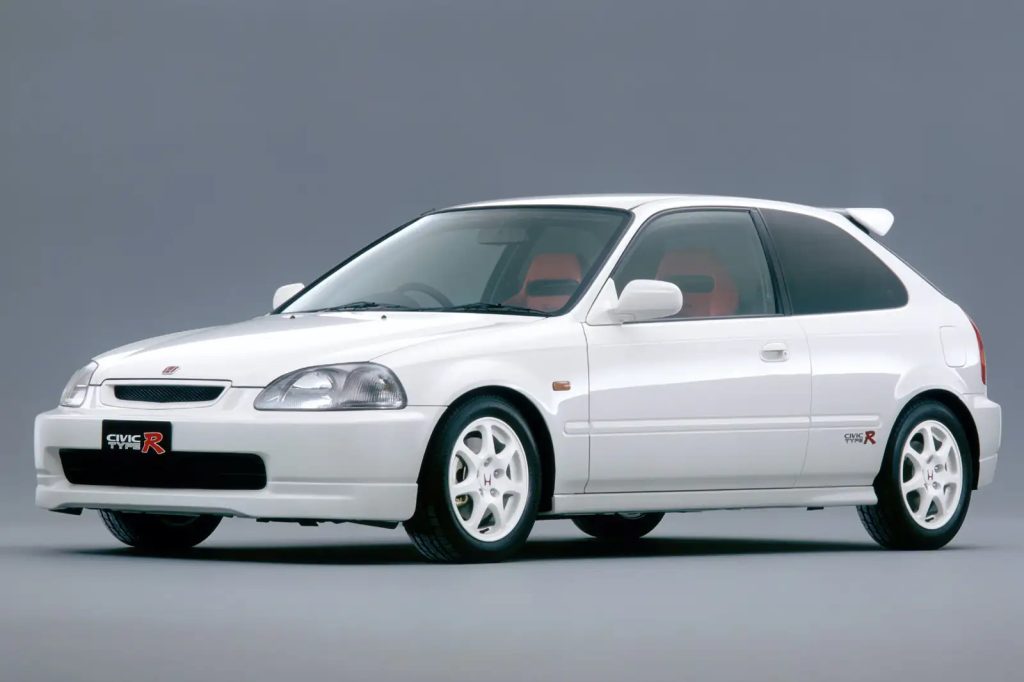
The first Honda Civic to wear the Type R badge was the EK9 version, introduced to the Japanese domestic market in 1997. It came with a 1.6-litre engine producing 182bhp at 8200rpm, a helical limited-slip differential, seam-welded chassis, double wishbones at each corner and almost nothing in the way of sound deadening.
It never made it to the UK – we’d have to wait until 2001 and the arrival of the British-built EP3 – but Andrew Frankel has driven one. He said: “It was amazing and were it already not clearly recognised as a rare and true classic, I’d be writing about it here. It made everything else look ridiculous.”
Autobianchi A112 Abarth
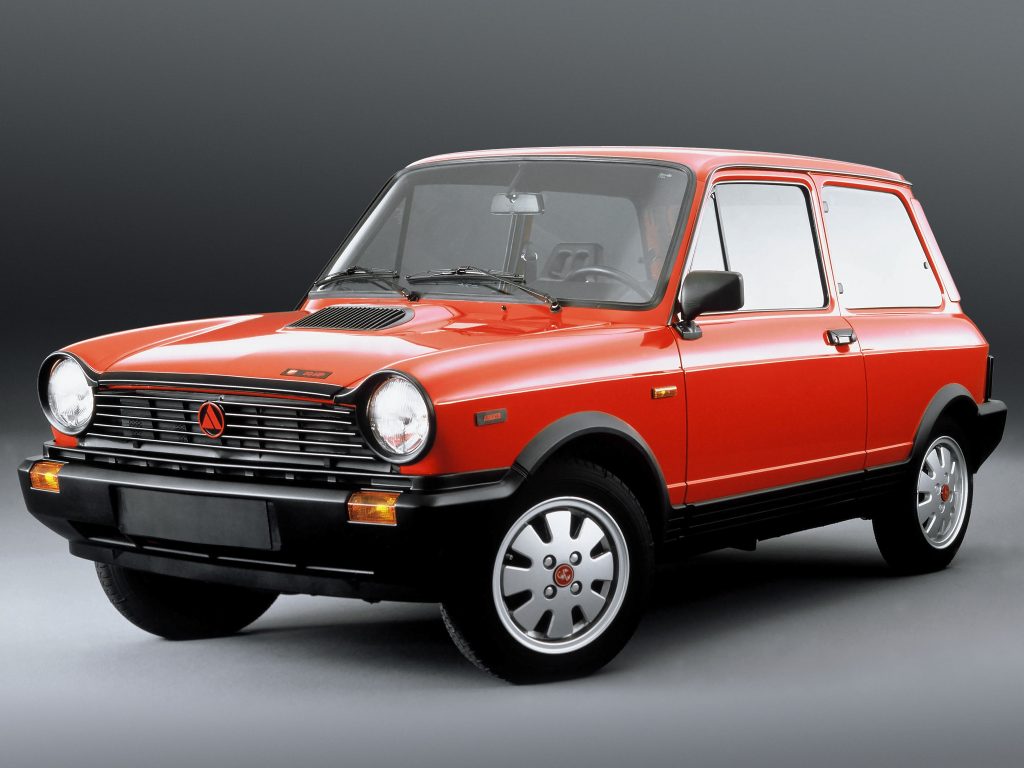
It may have been based on the humble Fiat 127, but the Autobianchi A112 Abarth was successful in cultivating a reputation as Italy’s answer to the Mini Cooper. Launched in 1971, under the stewardship of Carlo Abarth, the A112 Abarth launched with a 982cc engine, twin-choke carburettor, uprated camshaft and sports exhaust. This was joined in 1975 by a 1050cc engine, at which point a five-speed gearbox was also offered.
In its lightest form, the A112 Abarth weighed in at just 690kg, so it was able to make full use of the limited power at its disposal. Many racing drivers honed their skills in the Italian upstart, including former F1 ace Olivier Panis, one of many to have crashed while attempting to tame the terrier.
Citroën AX Sport
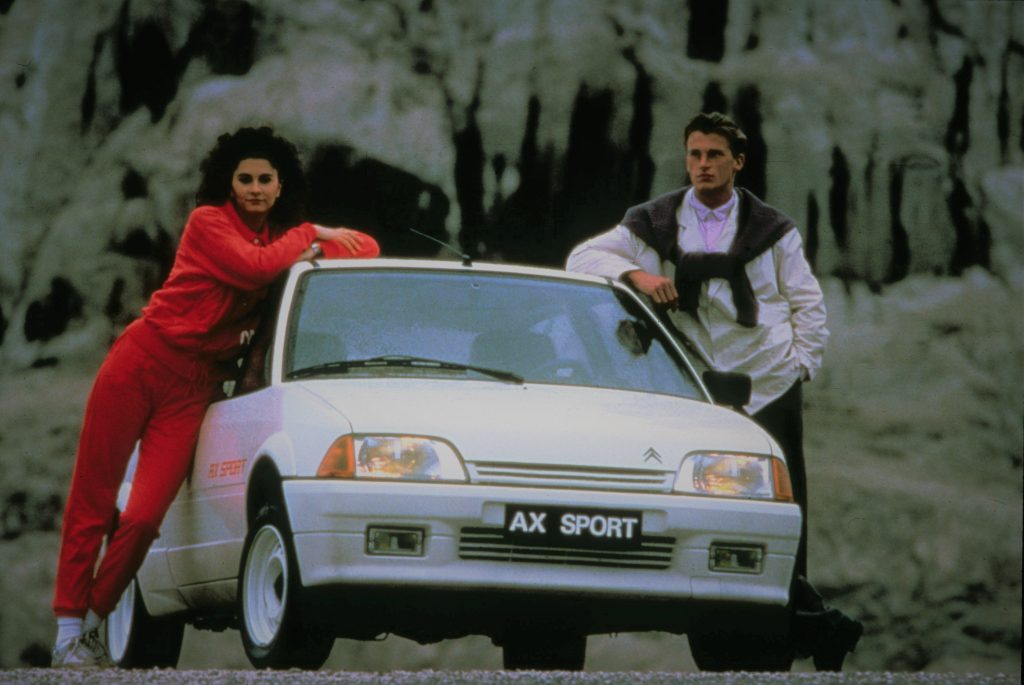
The AX Sport was Citroën’s answer to the Peugeot 205 Rallye, above. Unveiled within weeks of the launch of the Citroën AX in 1986, the Sport was equipped with a twin-carb 1.3-litre engine producing 95bhp, enough to propel the featherlight French fancy to a top speed of 115mph. It never came to the UK, so we had to ‘make do’ with the brilliant AX GT – Citroën’s answer to the 205 XS.
Weighing just 715kg, the AX Sport could hit 62mph in 9.2 seconds, but such figures are irrelevant in the context of cars riding on white steel wheels. If you fancy sourcing one from France, check out our guide to importing a classic car, which includes the advice of French car nut Nick Bailey, owner of an AX Sport with yellow headlights. Hold us back.
Nissan March Super Turbo
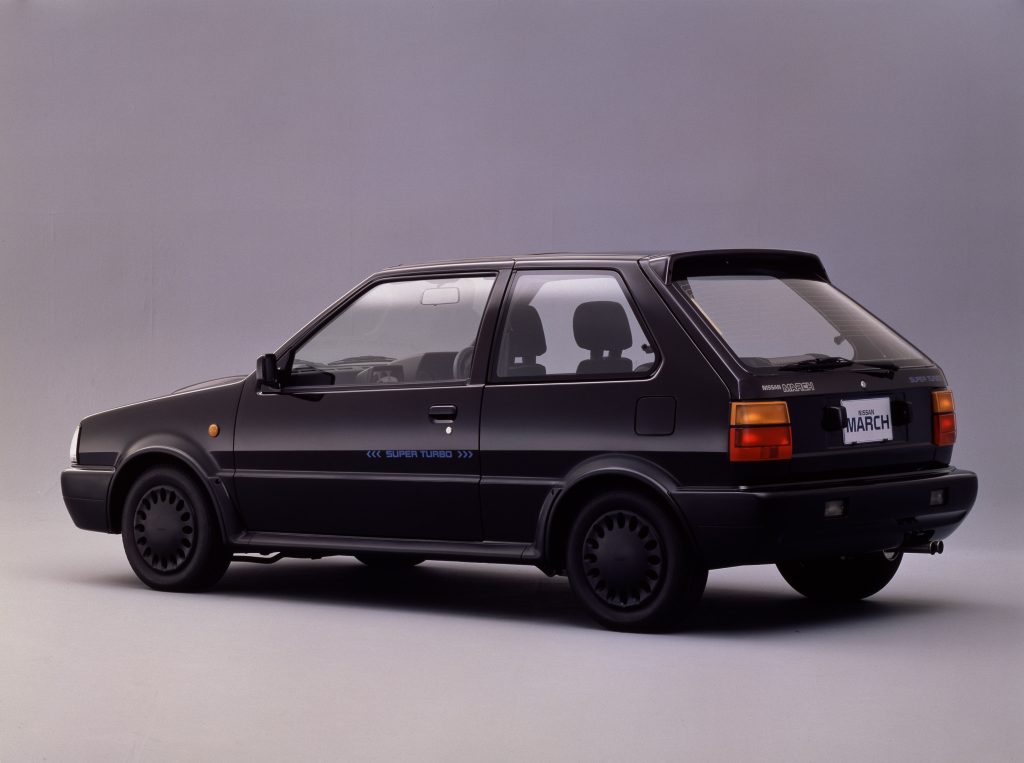
Launched here in 1982, the K10 Micra was a big hit in the UK. Although far from exciting, it was well made (until it started rusting!), cheap to run, quiet and compact. A hit with the older generation when it was new, the K10 later found favour in the student and young driver communities – some of us were taught to drive in one. Unfortunately, our Micras with ‘L’ plates didn’t look anything like the March Super Turbo, which was simply, ahem, one ‘L’ of a hot hatch.
This JDM wonder boasted a turbocharger and a supercharger, hence the name Super Turbo. Yeah, now it makes sense. The supercharger would provide assistance until the 930cc four-pot engine hit 4000rpm, at which point the turbocharger would take over. It weighed just 750kg, which meant it could hit 62mph in a European hot hatch-troubling 7.7 seconds. Super by name, super by nature.
AMC Gremlin X
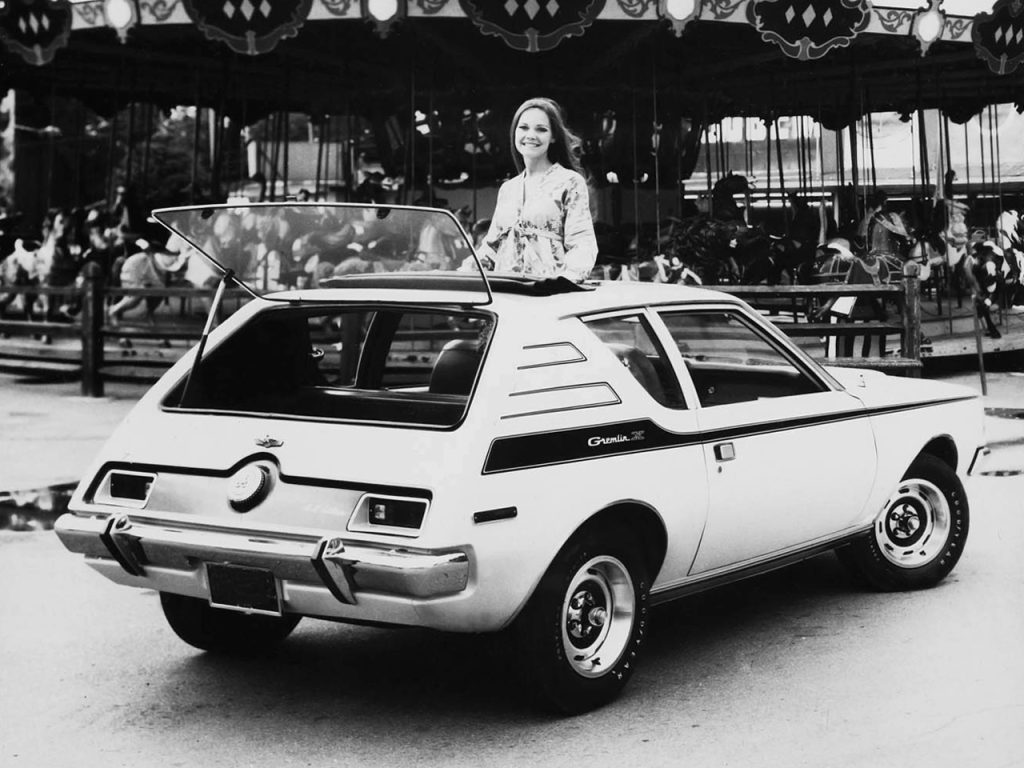
If, with some justification, you believe that to qualify for hot hatch status, a car needs to be driven through the front wheels and powered by a four-cylinder engine, look away now, because next up is the AMC Gremlin. Not only was it rear-wheel drive, but the Gremlin could also be ordered with a six- or even eight-pot engine. Let’s just call it an all-American take on the hot hatch recipe.
Launched in 1970, the Gremlin was, at the time, the smallest production car in the US, and while AMC’s claim that it was “America’s first subcompact” failed to acknowledge the existence of the Nash Metropolitan, it was radically different to other cars of the time.
The Gremlin X arrived in 1971, years before Volkswagen was preparing to launch the Golf GTI. Two six-cylinder engines were offered, with the more powerful of the pair coming with wider tyres and slot-style wheels. A V8 engine joined the range in 1972 but was dropped in 1976.
Renault Sandero RS
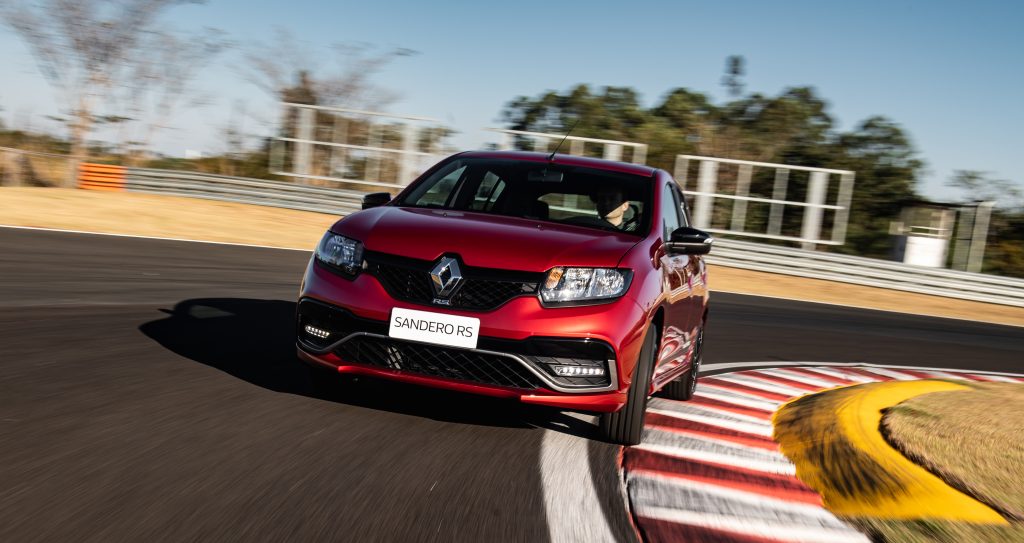
There’s a whiff of the 1990s about the Renault Sandero RS. It was powered by a 2.0-litre 16-valve engine producing 150bhp. It could hit 62mph in around eight seconds. And it rode on sensible 17-inch rims. Note the use of past tense; the Brazilian Sandero RS went on sale in 2015 but was axed at the end of 2022. Renault built 100 Finale models to say goodbye.
In total, 4600 units found a home in Brazil, and we think at least one of them should come to the UK. It’s also given us an idea: would Dacia like to build a junior hot hatch version of the current Sandero, complete with white steel wheels, bucket seats and a roof spoiler? Call it the Sandero Rallye and give young drivers the opportunity to enjoy some affordable fun.
Honda City Turbo II
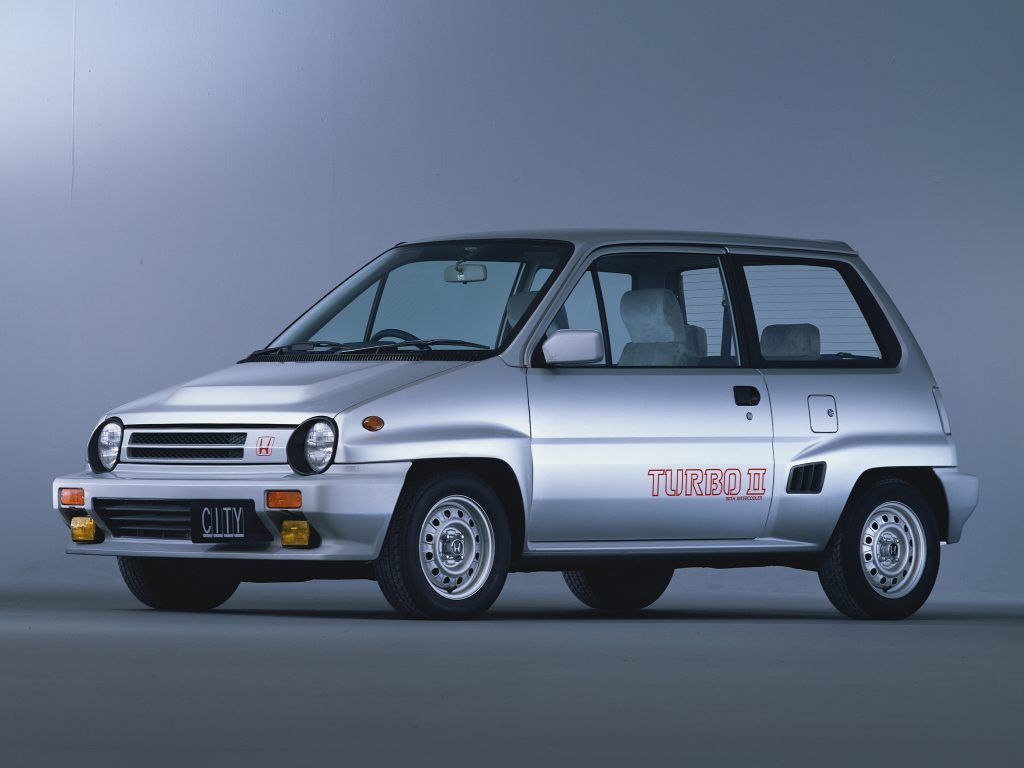
We could have filled this list (and more) with a long line of Japanese oddities. Some, like the Daihatsu Cuore Avanzato TR-XX R4 and Nissan Sunny (Pulsar) GTI-R, were sold here in limited numbers, but the Honda City Turbo II remained off-limits. More’s the pity, because who wouldn’t want a tiny city car with a 1.2-litre turbocharged engine?
Some models came with an optional Honda Motocompo in the boot, so you could use the Turbo II to reach the city limits, saving the motorcycle for the last couple of miles. That’s something that could work in 2023…
Citroën Visa Mille Pistes
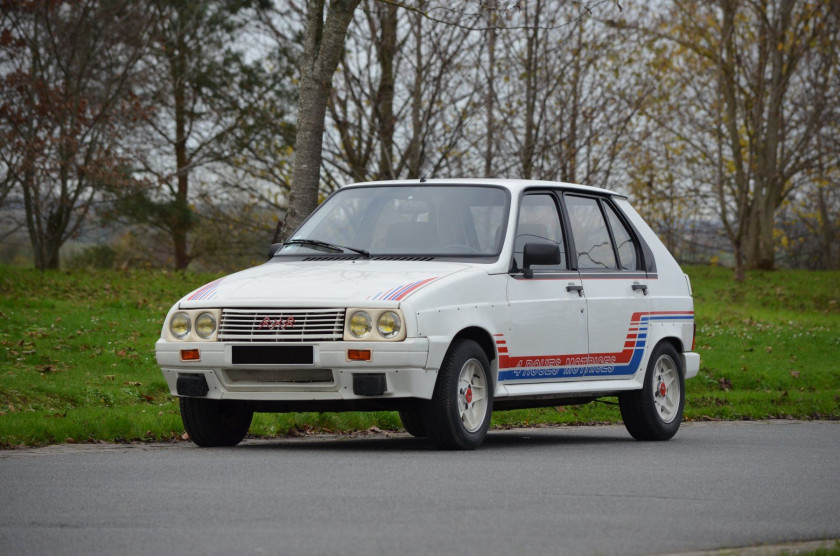
And finally, until we repeat this exercise with another ten forbidden fruits, this is the Citroën Visa Mille (1000) Pistes. Named after the eponymous event, the Visa Mille Pistes was Citroën’s first attempt at a four-wheel drive rally car, and only 200 were built for homologation purposes.
Power was sourced from a 1360cc engine, boosted in power to a maximum 145bhp in ‘Evo’ tune, but with 112bhp as standard. Like many other French hot hatches of the 1980s and ‘90s, it weighed very little, in this case 850kg, so it proved to be a formidable competitor, achieving class wins at the likes of the RAC, Sweden, Monte Carlo, Portugal and 1000 Lakes rallies.
Fancy naming a hot hatch you’d have liked to have seen in the UK? Let us know in the comments and we’ll produce volume two.
Read more
Unexceptional Classifieds: Citroën AX Spree
This Fiat 127 Sport replica is an Abarth in all but name
Our Classics: 1998 Peugeot 106 Rallye S2










It’s hard not to read this and think how far we’ve fallen – in 30 years time, I really doubt there’ll be an misty-eyed articles about, say, the current Ford Puma.
Apart from the AMC, I want all of the cars on this list! The March Super Turbo has always held a special place in my heart, but I was at least lucky enough to own one of its JDM competitors, that would’ve been worthy of this list: a 1991 Toyota Starlet GT Turbo – a 135bhp 1.3, wrapped up in something weighing about as much as a crisp packet, it was capable of surprising much more traditionally exotic machines. And the GT badge in the middle of the boot lid was illuminated green.
I find all the mentioned cars very interesting.
The AMC Gremlin is the mysterious thing for me.
But all the above, with one exception, have a major flaw: they are not Syncro cars!
The Syncro Heresy
I do wish we still had proof readers, or that authors read their work before publication, the comment on the Dodge Omni getting to 6.7 seconds before a Porsche 944 makes no sense, I know what you meant to say, but you left out a salient point!
I owned a 1990 Citröen AX GT briefly and it was terrifying and hilarious fun in equal measures until I got a 1999 Saxo VTR in 2003 which seemed almost tame and mature in comparison. Still, even the Saxo would dance almost delicately at fantastic angles across a roundabout given the right conditions (all in a legal, off public highway situation, obviously). My passenger often commented on the need for a passenger side window wiper 🤣
The 205 1.3 Rallye was imported to the UK in right hand drive, my brother had one.
I’ve never seen any positive write up for the Citreon Ami Super, a bit like driving a 2CV with a Sunbeam Tiger engine, I “dragged” off an MGC, and won by a country mile, a bit restricted going round corners with the 2CV style suspension, ha!!!